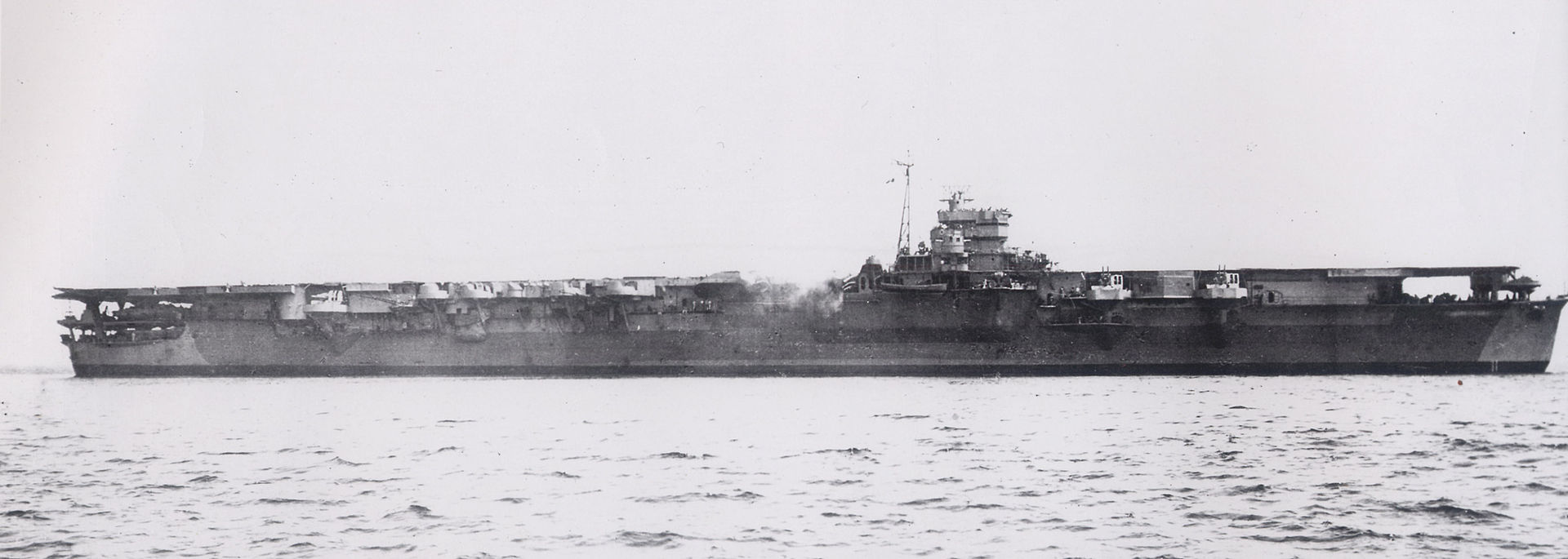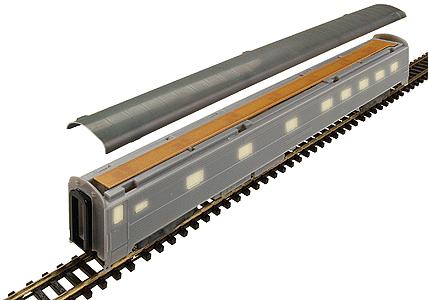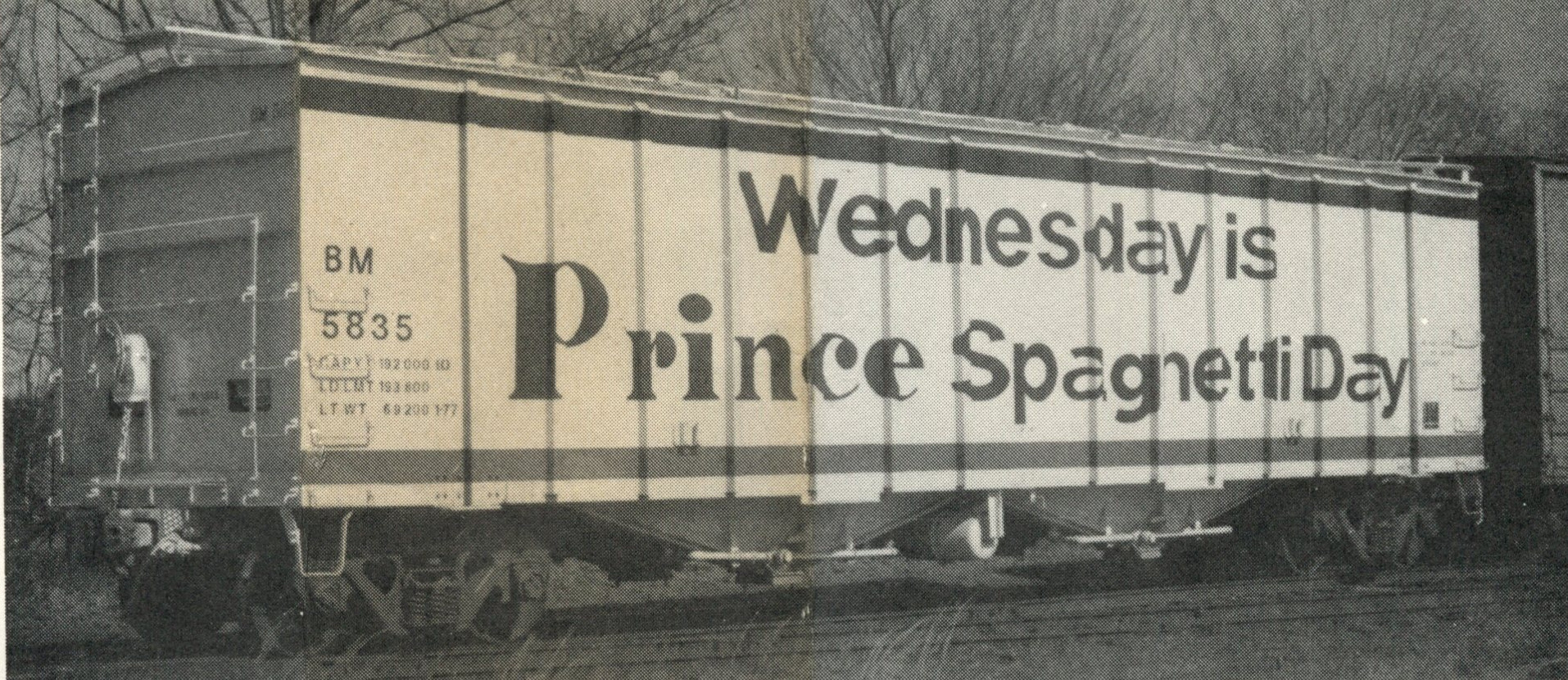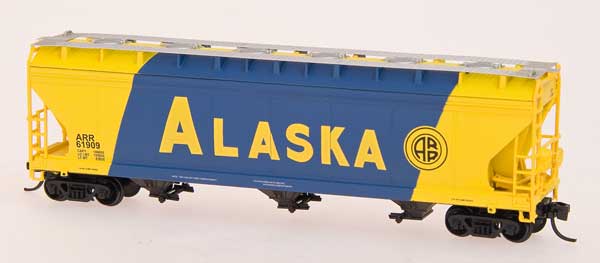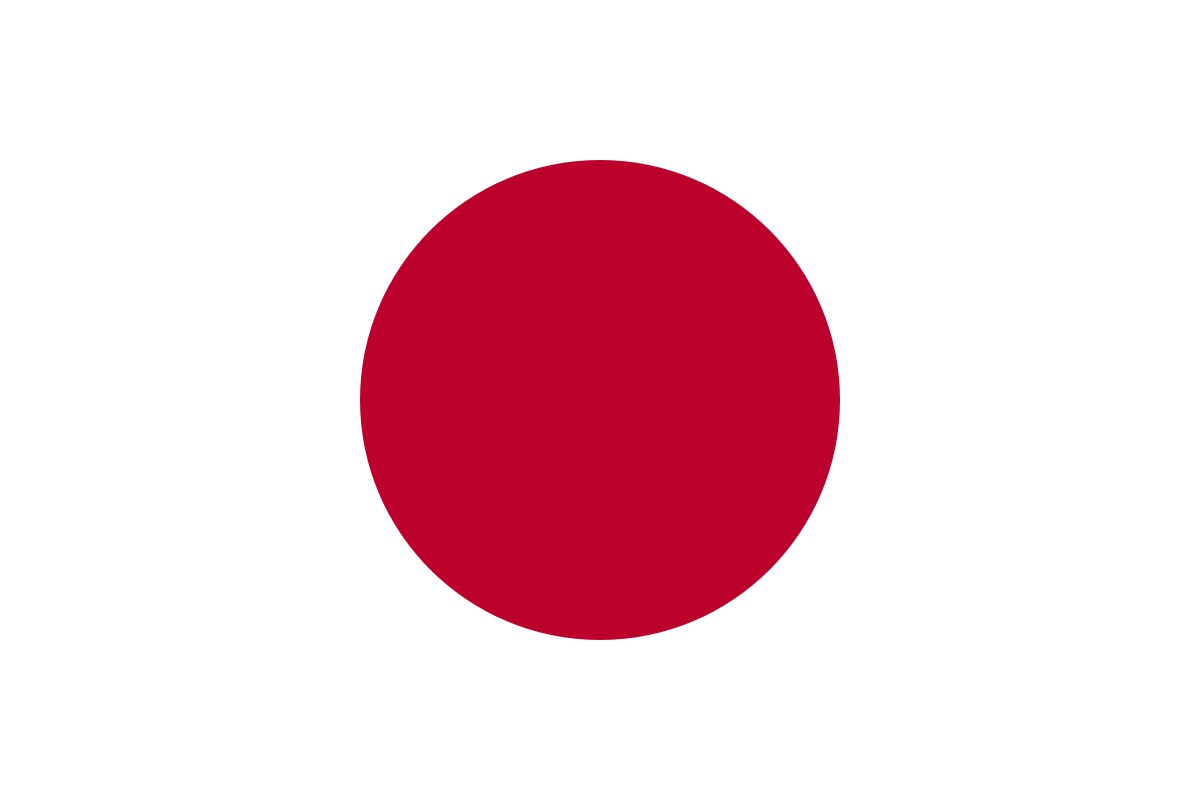History: The Unryū-class aircraft carriers (雲龍型航空母艦 Unryū-gata Kōkūbokan) were World War II Japanese aircraft carriers. 16 carriers were planned under the Maru Kyū Programme (Ship #302 in 1941) and the Kai-Maru 5 Programme (#5001–5015 in 1942). However, only three of the Unryū-class carriers were completed.
In the lead-up to the Pacific War the Imperial Japanese Navy (IJN) attempted to build a large number of fleet carriers. For them to be built quickly, the design for these ships was based on the aircraft carrier Hiryu rather than the newer and more sophisticated Taiho or the Shōkaku class.
The Unryu-class aircraft carrier design was very similar to that of Hiryu. The ships were lightly built, and the main difference from Hiryu was that the carriers' island was placed on the starboard side of the ships. The carriers were capable of carrying 63 aircraft in two hangars, and were fitted with two elevators. The Unryu class carried a smaller quantity of aviation fuel than Hiryu with fuel tanks protected by concrete. The ships were fitted with the same propulsion system used in the aircraft carrier Soryu to reach 34 knots (63 km/h), though Katsuragi was instead fitted with two turbines of the same type used in destroyers and had a maximum speed of 32 knots (59 km/h). The carriers also had a similar armament as Hiryu and were equipped with two Type 21 radars and two Type 13 radars.
In the lead-up to the Pacific War the Imperial Japanese Navy (IJN) attempted to build a large number of fleet carriers. For them to be built quickly, the design for these ships was based on the aircraft carrier Hiryu rather than the newer and more sophisticated Taiho or the Shōkaku class.
The Unryu-class aircraft carrier design was very similar to that of Hiryu. The ships were lightly built, and the main difference from Hiryu was that the carriers' island was placed on the starboard side of the ships. The carriers were capable of carrying 63 aircraft in two hangars, and were fitted with two elevators. The Unryu class carried a smaller quantity of aviation fuel than Hiryu with fuel tanks protected by concrete. The ships were fitted with the same propulsion system used in the aircraft carrier Soryu to reach 34 knots (63 km/h), though Katsuragi was instead fitted with two turbines of the same type used in destroyers and had a maximum speed of 32 knots (59 km/h). The carriers also had a similar armament as Hiryu and were equipped with two Type 21 radars and two Type 13 radars.
Type: Carrier
Primary Country: Japan is an island nation in the Pacific Ocean with dense cities, imperial palaces, mountainous national parks and thousands of shrines and temples. Shinkansen bullet trains connect the main islands of Kyushu (with Okinawa's subtropical beaches), Honshu (home to Tokyo and Hiroshima’s atomic-bomb memorial) and Hokkaido (famous for skiing). Tokyo, the capital, is known for skyscrapers, shopping and pop culture.
Although legend has it that Japan was founded in 660BC, archaeologists agree that settlement in the Japanese archpelago dates back as far as 100,000 years. The Jomon Period (8000-c.300BC) is the earliest that has been studied. It is named after the 'jomon' or cord-marked pattern style of pottery of the period.
Although legend has it that Japan was founded in 660BC, archaeologists agree that settlement in the Japanese archpelago dates back as far as 100,000 years. The Jomon Period (8000-c.300BC) is the earliest that has been studied. It is named after the 'jomon' or cord-marked pattern style of pottery of the period.
Item Links: We found: 2 different collections associated with Unryū - Carrier
- Collection Warship Classes: 1 different items.
- Collection Warships: 3 different items.
Item created by: Lethe on 2019-03-20 12:17:42. Last edited by gdm on 2019-04-03 14:21:14
If you see errors or missing data in this entry, please feel free to log in and edit it. Anyone with a Gmail account can log in instantly.
If you see errors or missing data in this entry, please feel free to log in and edit it. Anyone with a Gmail account can log in instantly.


